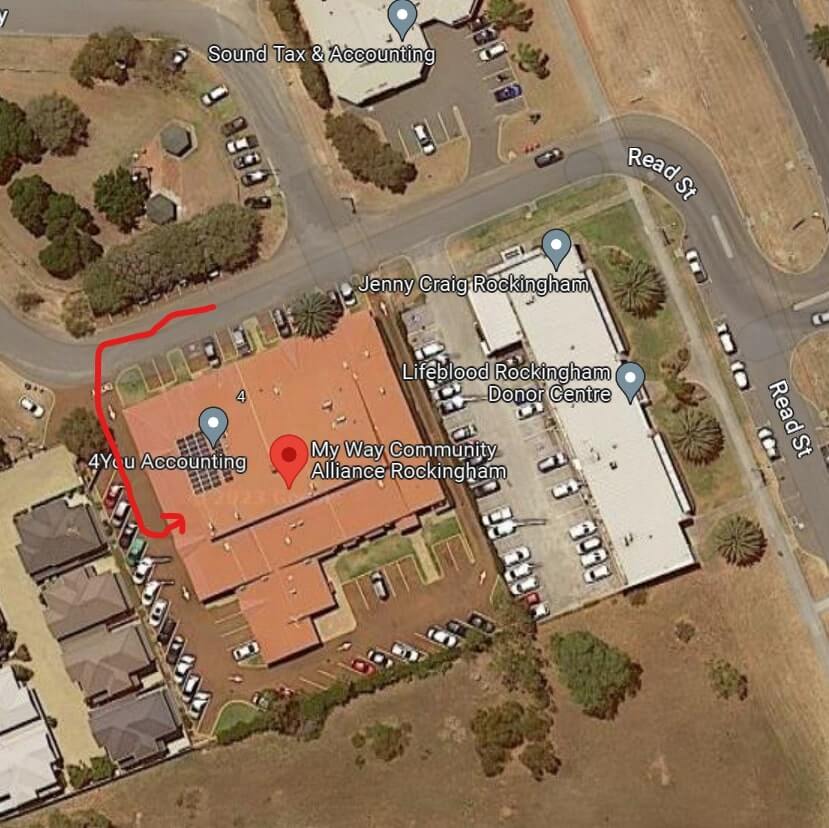Speech Therapy is a vital service offered under the National Disability Insurance Scheme (NDIS), aimed at enhancing communication, swallowing, and overall quality of life for NDIS participants and older people living independently in their homes.
Below are the key components of our Speech Therapy services:
Speech Therapy is designed to empower NDIS participants and older Australians by enhancing communication, swallowing, and social participation through expert, personalised care. Speech therapists offer tailored assessments, therapy, and assistive tools for all ages, collaborating with your support network to achieve meaningful outcomes. Whether you’re building language skills, overcoming swallowing challenges, or finding your voice, your speech therapist can support you in living a more connected and fulfilling life.
